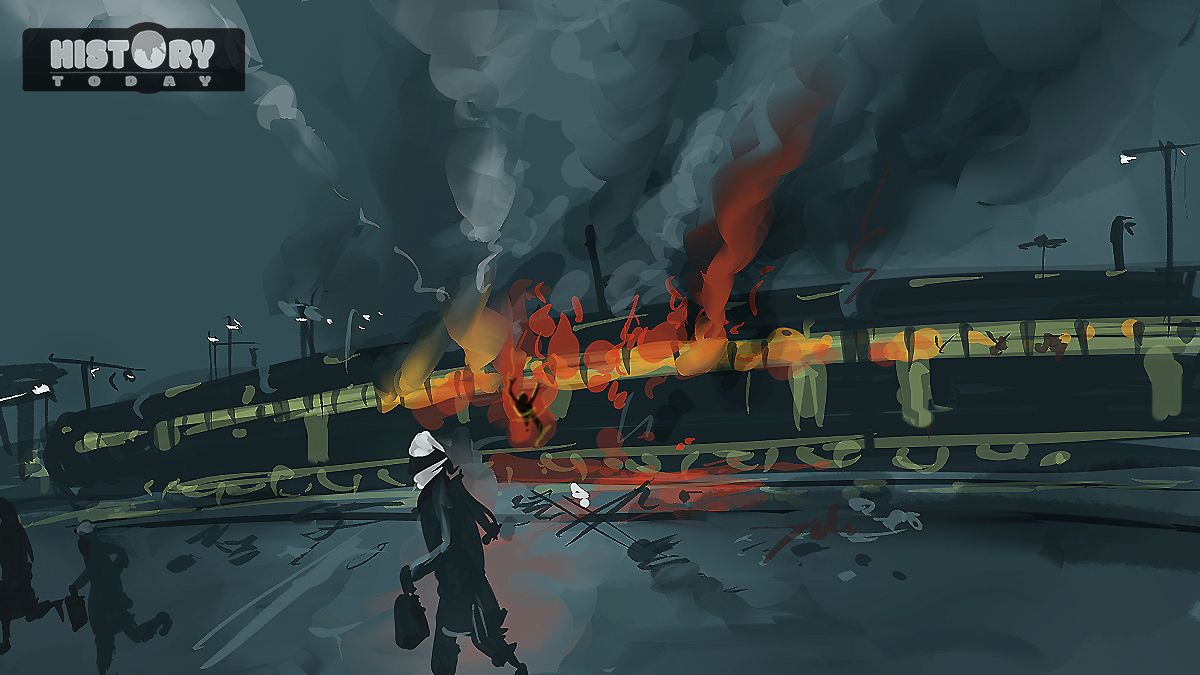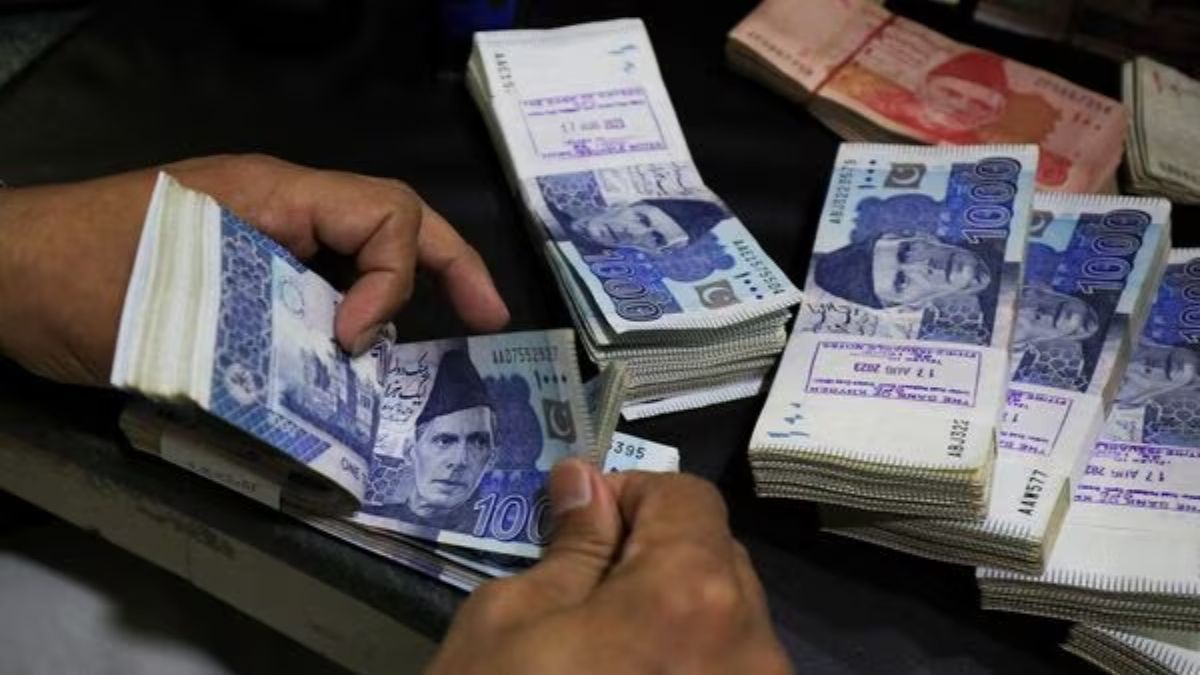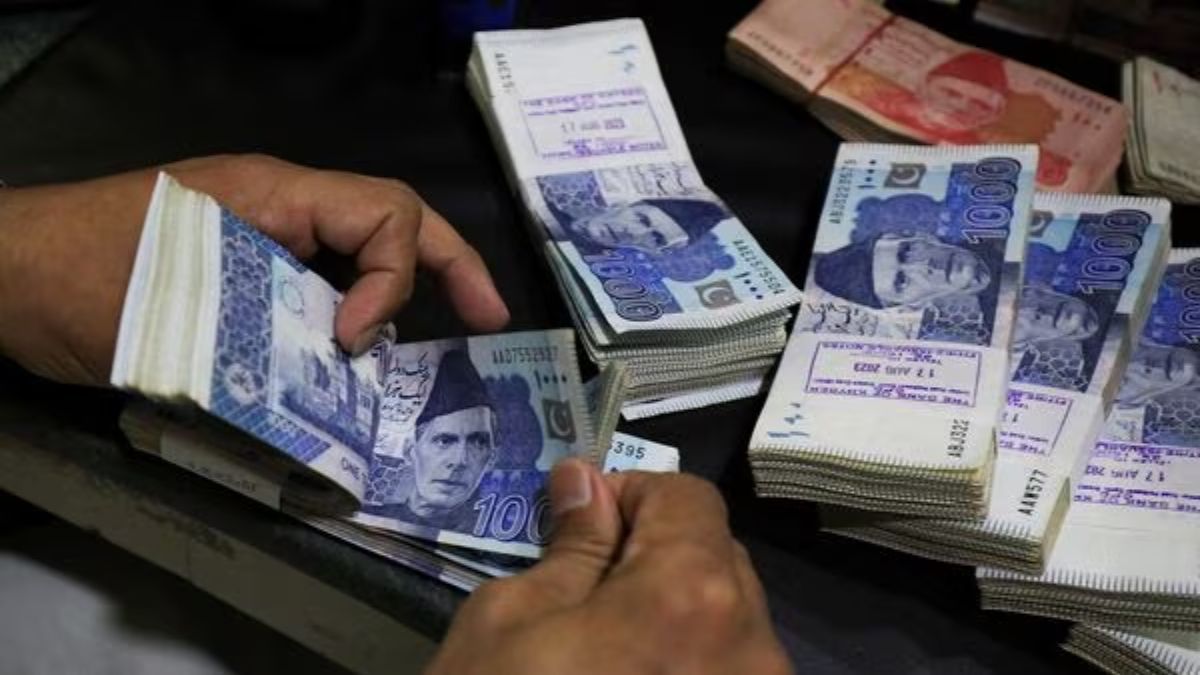February 27 remains a dark day in India’s history.
The nation watched the news of the Godhra train burning in Gujarat 23 years ago with horror and disbelief.
The incident not only killed dozens of people but also triggered one of the worst communal riots in the country.
The day also reminds us of yet another tragedy that occurred in 1933 when the German parliament building was set on fire.
The Nazi leadership further took advantage of the catastrophe, playing on the public’s sentiments to build the groundwork for their dictatorial aspirations.
Here’s all that and other important events from the past in our ongoing ‘ History Today’ series by Firstpost Explainers.
Godhra train burning
On the morning of February 27, 2002, a coach of the Sabarmati Express, which was en route to Ahmedabad from Muzaffarpur, was set ablaze.
The train had arrived at Godhra station in Gujarat just then.
A total of 59 passengers, including 27 women and 10 children, in Coach S6 were charred to death.
Another 48 passengers in the train had suffered injuries.
At least 2,000 kar sevaks had boarded the train from Ayodhya to attend the Purnahuti Maha Yagna, part of the Ram Temple building programme, at the invitation of the Vishwa Hindu Parishad.
Within hours, the train burning incident had sparked violent rioting across the state.
Beginning on the evening of February 2, the riots raged for two to three months.
In 2005, the Centre told the Rajya Sabha that 254 Hindus and 790 Muslims had died in the riots. There were 223 reported missing persons.
There were tens of thousands of homeless people.
The information was eventually made public on the National Human Rights Commission’s recommendation.
Reichstag fire in Berlin
Where there is fire, there are also endless conspiracy theories. That’s what happened on February 27, 1933.
On January 31, 1933, Hitler called fresh elections in an attempt to solidify his position in Germany.
By increasing their vote share, the Nazis hoped to obtain a majority in the Reichstag, which would enable them to rule without opposition or interference.
They started a fierce election campaign over the following two months.
As the campaign moved into its final and frantic days, a sizeable portion of the German parliament building, also known as Reichstag, in Berlin went up in flames from an arson attack.
The fire was a political gift to Adolf Hitler, the newly appointed chancellor, since it guaranteed his reelection and provided him with the justification he needed to seize the dictatorial power he desperately craved.
The cause of the fire is still unknown, but the coalition government—which included Nazis and the German Nationalist People’s Party—blamed the Communists as part of a propaganda campaign.
They seized the opportunity and convinced President Paul von Hindenburg to sign the emergency decree “For the Protection of the People and State” on February 28, one day after the Reichstag was set on fire.
The rules, sometimes referred to as the Reichstag Fire Decree, suspended the freedom of assembly, freedom of the press, freedom of expression, and other fundamental rights, including all limitations on police investigations.
The Decree also gave the government the power to disband political organisations, censor publications, and arrest and imprison political opponents without a particular charge.
Additionally, it granted the national government the power to overturn state and local governments and overrule state and local laws.
Today, the episode serves as a strong political metaphor.
The “Reichstag Fire” is brought up as a warning whenever politicians and citizens feel threatened by the executive overreach.
Chile earthquake
Fast forward to 2010, when an 8.8-magnitude earthquake struck Chile on February 27.
The epicentre was located some 325 kilometres southwest of the Chilean capital of Santiago.
The severe earthquake, which was felt as far away as Sao Paolo, Brazil, and Buenos Aires, Argentina, caused widespread damage on land and triggered a tsunami, further devastating several other coastal areas of the country.
Together, the earthquake and tsunami were responsible for more than 500 deaths.
The earthquake reportedly resulted from the rupture of a 500-600 kilometre stretch of the fault that separates the South American Plate from the subducting Nazca Plate.
The event was followed by hundreds of aftershocks in the coming weeks, many of them of magnitude 5.0 or greater.
The temblor was the strongest to strike the region since the 9.5-magnitude event of 1960.


)
)
)
)
)
)
)
)
)



